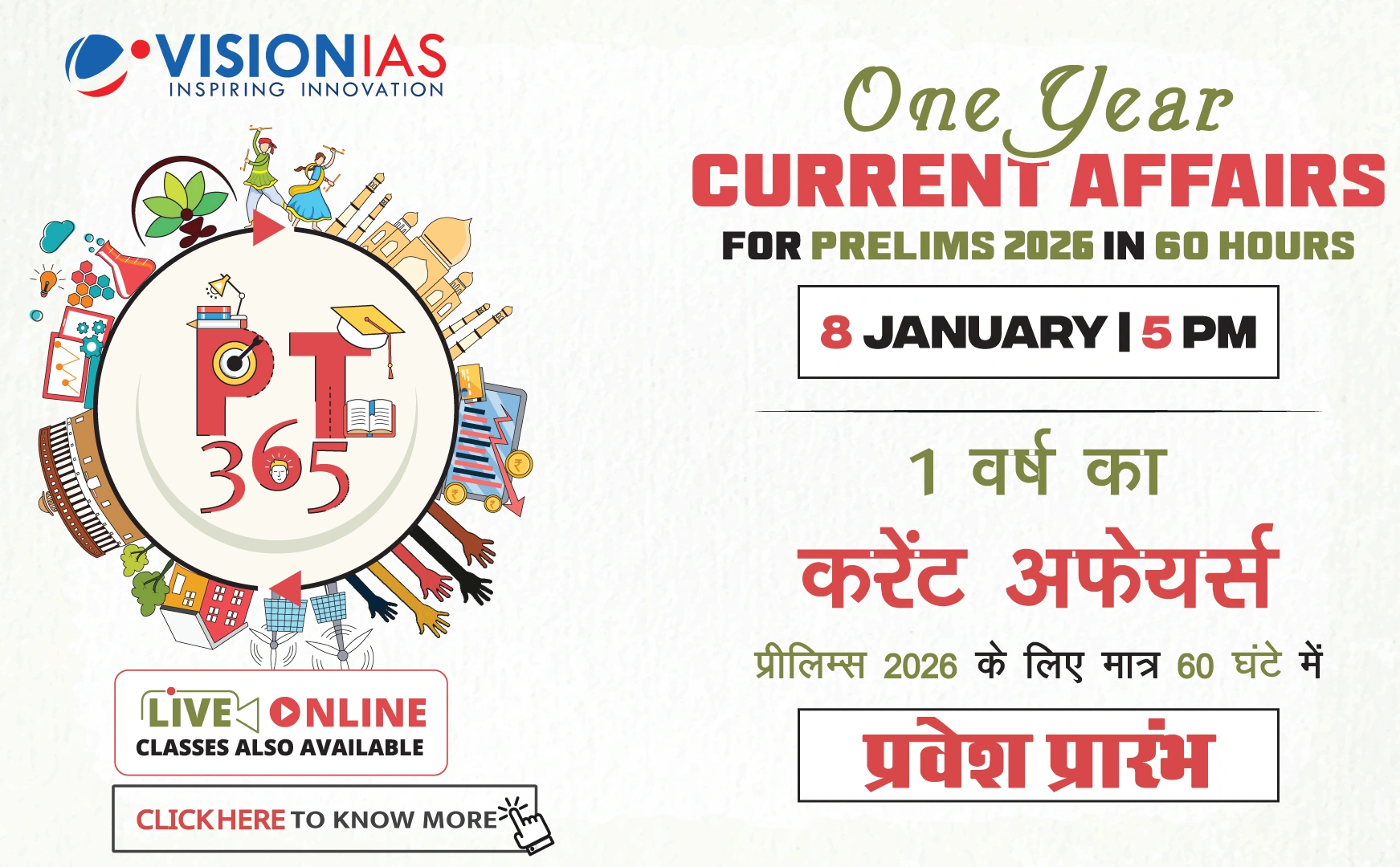State of the Indian Economy
Despite global geopolitical and trade uncertainties, the Indian economy has shown significant resilience, according to an article by the Reserve Bank of India (RBI) in their June bulletin. The article highlights several key economic indicators and developments for May 2025.
Economic Growth Metrics
- The National Statistical Office (NSO) released provisional estimates, pegging India’s real GDP growth at 6.5% for 2024-25, consistent with earlier estimates.
- The main drivers of growth were:
- Private Final Consumption Expenditure (PFCE): Contributed 4 percentage points to GDP growth.
- Gross Fixed Capital Formation (GFCF): Contributed 2.4 percentage points to GDP growth.
- In Q4 FY25, the economy grew by 7.4%, up from 6.4% in the previous quarter, largely due to a boost in fixed investment.
Trade and Demand Dynamics
- Net exports made a significant contribution to GDP, the highest since Q2 FY21.
- High-frequency indicators showed mixed signals:
- Urban demand decreased, as seen in declining passenger vehicle sales, particularly in the entry-level segment.
- Rural demand improved, evidenced by increased two-wheeler retail sales.
Key Economic Indicators
- Overall economic activity in May 2025 was robust, with growth in indicators such as e-way bills, GST revenue, toll collections, and digital payments.
- GST collections exceeded Rs 2 lakh crore for the second month in a row, primarily due to import-related receipts.
Inflation and Financial Conditions
- Headline inflation, measured by the CPI, decreased to 2.8% in May 2025, marking the lowest level since February 2019.
- Financial conditions were favorable for the effective transmission of rate cuts to the credit market.
Foreign Direct Investment (FDI)
- FDI inflows were $3.9 billion in April 2025, more than double from April 2024.
- India ranked 16th globally in FDI inflows, with $114 billion in greenfield investments in digital sectors over five years, leading the Global South.



